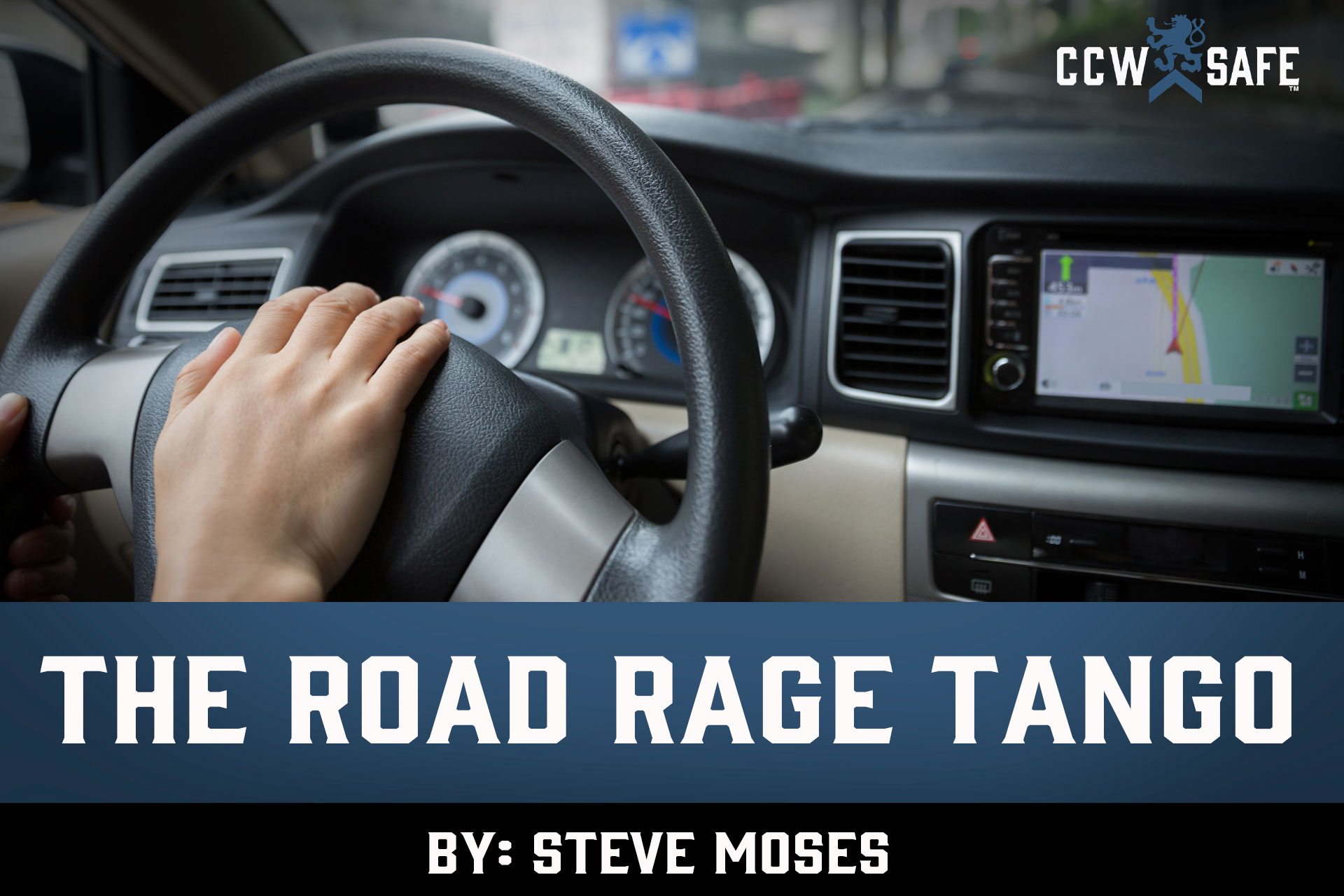
Posted on September 10, 2019
THE ROAD RAGE TANGO
If you are over 40 years old, you probably have heard the old saying: “It takes two to Tango.” If not, allow me to explain. The Tango is a well-known dance that requires two persons to move in relation to each in a mutually agreed manner. Done properly, the Tango is a beautiful dance that has captivated fans of dance since the 1800s. Done poorly, it is still the Tango. Done without participation by both parties, it is no dance at all.
The saying “It takes two to Tango” has become a common idiomatic expression that means a situation with negative connotations in which participation by more than one person is necessary. An example of this might be a conflict between two persons stemming from an action known as “Road Rage.” Merriam-Webster defines Road Rage as “a motorist’s uncontrolled anger that is usually provoked by another motorist’s irritating act and is expressed in aggressive or violent behavior.”
I have read many articles offering advice on how to deal with another motorist that is displaying signs of anger and attempting to engage us in further interaction. Or in other words, the raging motorist wishes to Tango. Of course, we don’t want that, but did we perhaps unintentionally send a message that we did?
Some people believe that respect is one of the most important things in the world, and some instances worth dying or going to prison. Others are perceived to display extreme disrespect by not submitting to their actions. They may become perpetually angry as a result. Imagine a time when you were angry in the last year, and then think what it must be like to exist in that same state of mind almost all of the time.
Some mental health experts believe that some people use an expression of anger as an attempt to diminish a sense of low self-worth. It should come as no surprise that some drivers will respond with extreme physical violence to an event on the road that we might consider momentarily annoying. If the anger within an individual is almost always simmering below the surface, it may come to a sudden boil when he or she encounters anything considered disrespectful, no matter how slight.
In regard to Road Rage, a motorist may interpret their being cut off, honked at aggressively, or forced to suddenly brake as an act of extreme disrespect and intentional affront personally directed towards him or her. It is not unheard of for a raging motorist to chase the offending car and go so far as to cut it off, force it off the road, shoot at it, or follow the other car until it stops and then confront the other driver on foot.
How do we clearly decline to Tango? By simply not sending any slight verbal or non-verbal signals to the other that we might be interested. I am no Ghandi. Aggressive drivers, reckless drivers, careless drivers, and drivers who are texting or otherwise not paying full attention to the road aggravate me. However, I do everything I can to avoid showing disrespect. That means controlling my expression, exerting control over my middle fingers, and not engaging in the type of honking that indicates displeasure. Do I ever honk my horn? Absolutely.
If a motorist fails to start driving within a reasonable amount of time after a light turns green, I will tap the horn lightly. I get all over the horn if another motorist does not see me and tries to occupy the same lane I am in at the time, but 100% of my objective is get his or her attention because I have nowhere to go and if they don’t stop our cars will collide. If someone tries to force their way into my lane in a work zone because they failed to see or just ignored the pending merge sign, I just let them in.
The fact is that our society is simply not as polite as it once was. We can be polite, but we can’t force others to think and act the same way. It is important that we recognize that respect means different things to different people. I really am not that concerned if someone that does not have my respect “disrespects” me. However, there are other people out there whose concept of respect is decidedly unhealthy, and since I try to avoid drama that risks my health, finances, and freedom, there is nothing really to be gained by giving that person reason to think that I just might be interested in that Tango after all.
